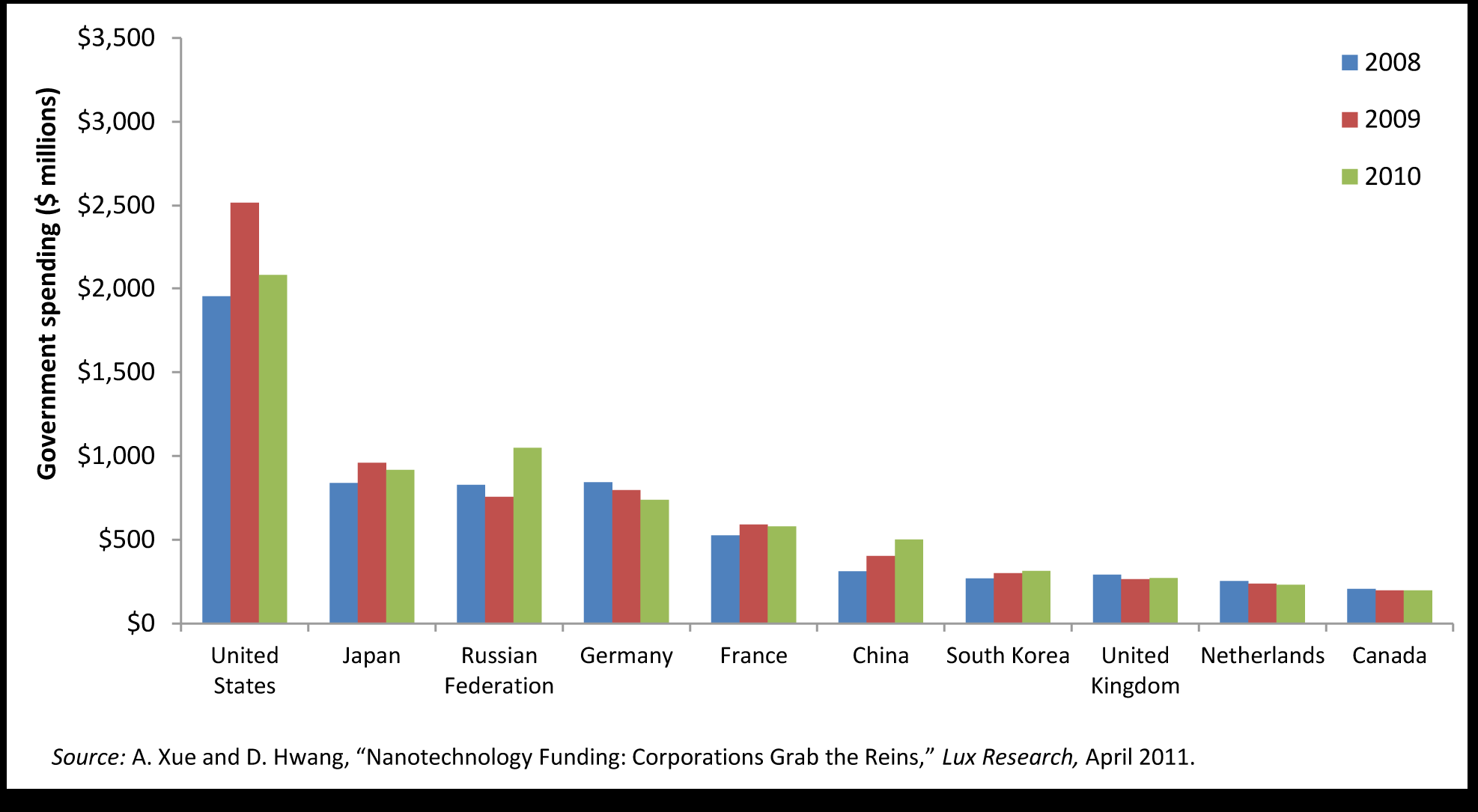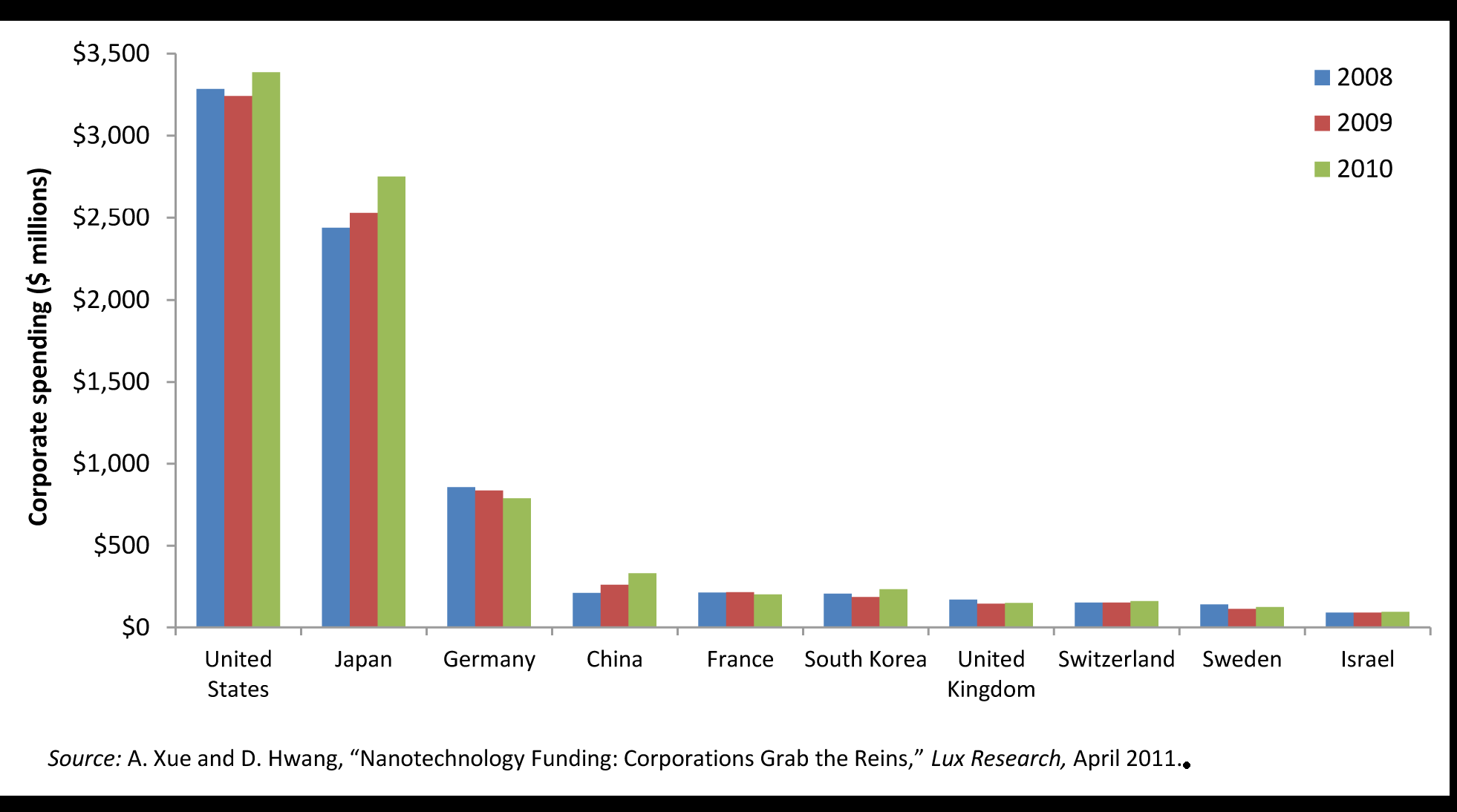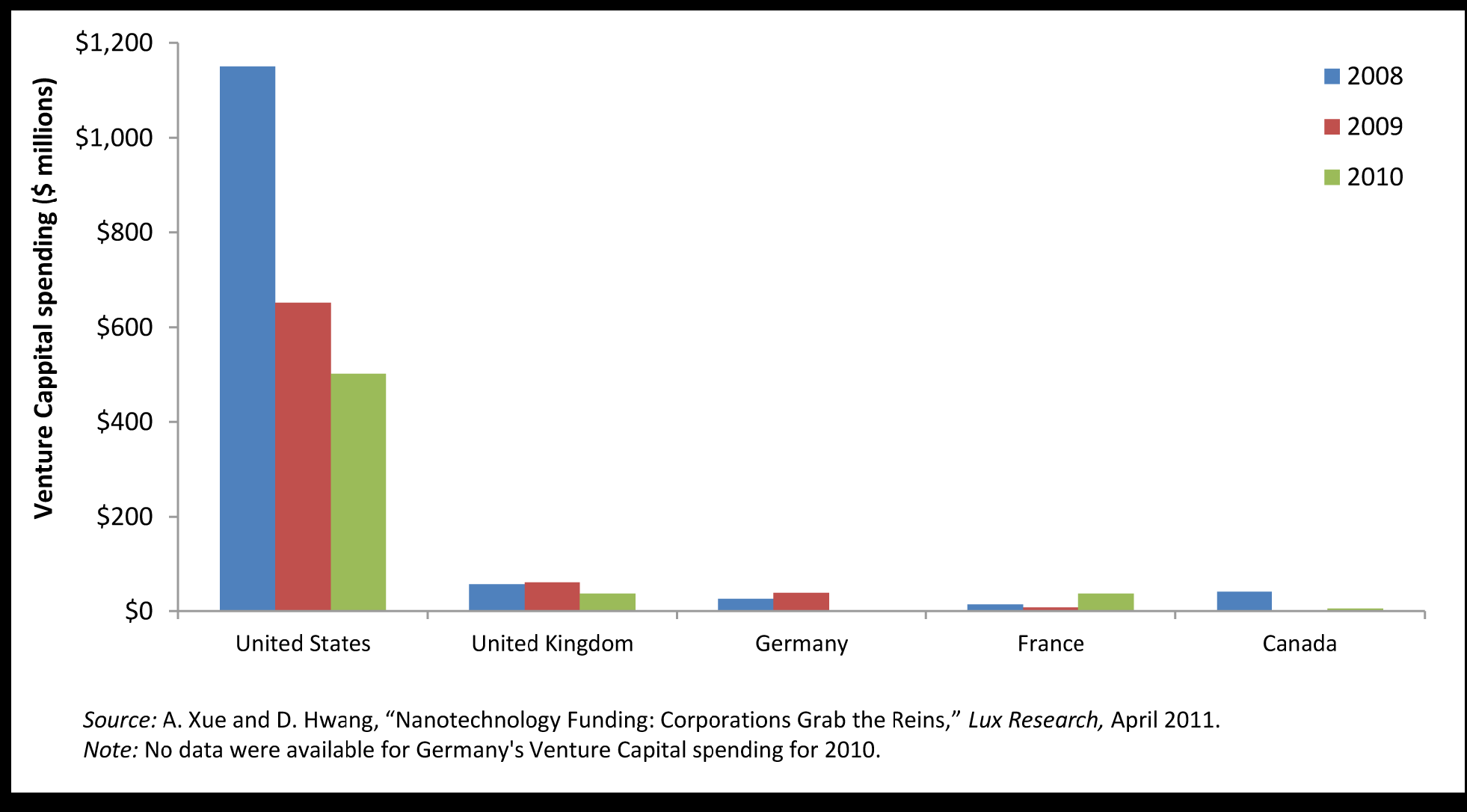According to the Mar. 11, 2013 posting by Jack Stilgoe for the Guardian’s (a UK publication) political science blog there was a citizen’s summit on nanotechnology and the community in Edmonton, Alberta (Canada), Mar. 8-9, 2013. Stilgoe according to his Guardian profile is,
Jack Stilgoe teaches science policy at University College London and is an Affiliated Research Fellow at the Centre for Science and Policy, University of Cambridge.
Here’s how Stilgoe sums up the current situation in Edmonton and the perils of its future,
While most of the rich world’s cities stagnate, Edmonton is a notable boomtown. But it faces an identity crisis. It is North America’s northernmost big city and the gateway to North Alberta’s oil sands, at the upstream end of the much-debated Keystone XL pipeline. The oil is the source of the city’s explosive growth. High oil prices have made the extraction of unconventional, dirty oil economically viable. This requires major capital investment and construction, dragging engineering and various service industries to the region. The city is acutely aware that it is sitting on a problem. Not only is it an ecological disaster zone, if we follow the arguments of the anti-Keystone activists, it is heavily dependent on oil, with its capricious price fluctuations, and desperate to diversify.
He also made this comment,which gladdened my heart (Note: A link has been removed),
In much the same way as the gulf states are doing, Edmonton is trying to become a knowledge economy and it is looking to its scientists.
In a Mar. 24, 2010 posting I noted this,
I find it interesting that there is so much activity on the nanotechnology front in Iran and other other oil-producing regions including Alberta (Canada) which hosts the National Institute for Nanotechnology and gets a great deal of funding from the Alberta provincial government. Texas, also known for its oil, hosts a leader in nanotechnology research, Rice University which is celebrating its 25th anniversary as the site where ‘bucky balls’ or buckminster fullerenes were first discovered. In Saudi Arabia, they opened KAUST (King Abdullah University for Science and Technology) in September 2009. While the ambitions range far beyond (the Saudis hope to establish a modern ‘House of Wisdom’) nanotechnology, its research is an important element in the overall scheme of things. I guess the reason that all these areas which are known for their oil production are so invested in nanotechnology is that they know time is running out and they need new ways to keep their economies afloat. [emphasis added Mar.11.13]
Getting back to the recent citizen’s summit, this was organized as part of a two-year citizen or public engagement project funded by SSHRC (Canada’s Social Sciences and Humanities Research Council). This particular public/community/citizen project is focused on the economy rather than raising awareness or discussions of environmental and/or health impacts, which seems more often the case with public engagement projects in other countries and jurisdictions. I first mentioned this Alberta project in an Aug. 7, 2012 posting.
Here’s how Stilgoe describes the Mar. 8 – 9, 2013 event,
We spoke for one and a half days with 35 local businesspeople, architects, scientists, artists, civil servants, planners and others about the various tensions that would shape Edmonton’s future. [emphasis mine] There was plenty of scepticism [sic], familiar from European discussions, about the novelty of nanotechnology: … Rather than fixating on “growth” as a quantity, people began to talk about directions. …
The workshop inevitably struggled to nail down the wispy global promise of new technologies to this particular city, to find a place in Edmonton for nanotechnology and to find a place in nanotechnology for Edmonton. … Edmontonians talked about making theirs “an experimental city”. They had an idea for a first step along this road: a “pothole X-prize”. You heard it here first.
The description of the participants caught my eye and I also noticed that there was no mention of how many experts were present and how many, other than Stilgoe, were flown in expressly for the citizen summit.
As to whom participated, this may explain why the event attracted the participants it did (from the Citizen Summit event page),
Involving a diverse group of engaged citizens, the Citizens’ Summit will be convened over two days to explore the relationships between nanotechnology, innovation and the future of Edmonton and the Alberta Capital Region. The goal of this community-led panel is to critically address what factors contribute to the successful integration of science development within future visions of the city. The panel will bring together community leaders and scientific, industry, and municipal stakeholders. [emphasis mine]
Call for Participants
We are currently seeking community members with experience in contributing to the development, culture, identity, and economy of Edmonton and the Alberta Capital Region to participate in a dialogue on nanotechnology and the community.
Role of Participants
Over the course of the Citizens’ Summit, participants will be asked to take an active role in imagining the future of Edmonton and the Capital Region. Plenary sessions will allow the panel to provide collective input into the agenda, determine the focus of their engagement, and provide a forum for agreement on advice and recommendations. These sessions will be supported by a series of smaller working groups, which will challenge summit members to flesh out core issues that define relationships between the city-region and innovation, and to explore ways of strategically engaging or planning around these contexts.
Summit Members
The Citizens’ summit will involve the participation of 20-30 key community stakeholders. Participants may include members of the local business, investment, education and volunteer sectors, or those involved in local government, sustainability initiatives, planning, activism, or social and community development.
Expert Engagement
The Citizens’ Summit will include a number of experts, such as scientists, government officials, and civic leaders. Experts will be recruited from the project’s Steering Committee and from the wider community on the basis of their relevant knowledge and experience.
Facilitation
The Citizens’ Summit will be guided by two highly experienced facilitators.
Visual Representations
An artist will join some of the working groups to produce visual representations of emergent themes and conversations. These visual representations are intended to both capture and help mediate engagement.
The language is a little confusing. They’re very clear they want community leaders. So, I”m not sure how diverse the participation could be since this engagement is taking place over two days, one of them a work day, this means these are people who can afford to do this or are being paid to do this.
The business with visual representations reminded me of a public engagement exercise from years ago. I was in high school and invited along with many others in the community to come and discuss a new development they were considering for the City of Vancouver. They didn’t specify who could or couldn’t come so there was no filtering of any kind. There were artists present to represent what we developed in our breakout groups. I walked away from the session thinking it had been fun and then promptly forgot it. About 10 or 15 years later, Vancouver’s Granville Island was opened and I got to see what we described and discussed that long ago weekend.
Since that first experience I’ve noticed that public engagement has become a rote exercise where those of who are the ‘unwashed’ are allowed to attend public forums which have no real function while the real participation takes place amongst select groups who are invited to attend special sessions such as the one Jack Stilgoe attended.
Plus, there’s another problem. Community leaders who spend their time mostly with government officials, politicians, business leaders, etc., after a time, tend to have more in common with those folks than they do with ‘their communities’.
In any event, there is some outreach material for those of us who are not community leaders, from the Citizen Summit event page,
Research Outcomes
Audio Podcasts
We will produce a series of short audio recordings based on the comments of the Citizens’ Panel’s members. The primary purpose of the recordings is to convey the conversations that emerge during the Citizens’ Panel to a wider public audience, with the further intention of fostering a community dialogue about nanotechnology innovation and Alberta Capital Region.
Community Engagement Report
The events and discussions of the Citizens’ Summit will be documented as part of a publically available community engagement report. Importantly, this report will present the summit’s advice and direction on how to build local innovation strategies and partnerships.
Future Public Engagement
The key themes and ideas that emerge from the Citizens’ summit will guide subsequent engagements with the community.
Investigators
Prof. Rob Shields (Principal Investigator), Dr. Kevin Jones, Prof. Nils Petersen, Dr. Yun-Csang Ghimn
E-mail: k.e.jones@ualberta.ca; Tel: 9-4pm M-F (780) 492-9957
*For further information on this research project please visit our website: www.crsc.ualberta.ca/Projects/Nano-community
If you have any questions or concerns regarding your rights as a participant, or how this study is being conducted, you may contact the University of Alberta’s Research Ethics Office at 780-492-2615. This office has no affiliation with the study investigators.
There’s also this workbook which participants for the March 2013 citizen’s summit received. BTW, I’ve had better luck getting to the project website using this url: http://www.crsc.ualberta.ca/Research/Nano-community.aspx.
ETA Nov. 28, 2014: The ‘Citizen’s Summit’ was held as part of the public engagement aspect of the Nanotechnology and the community project.


